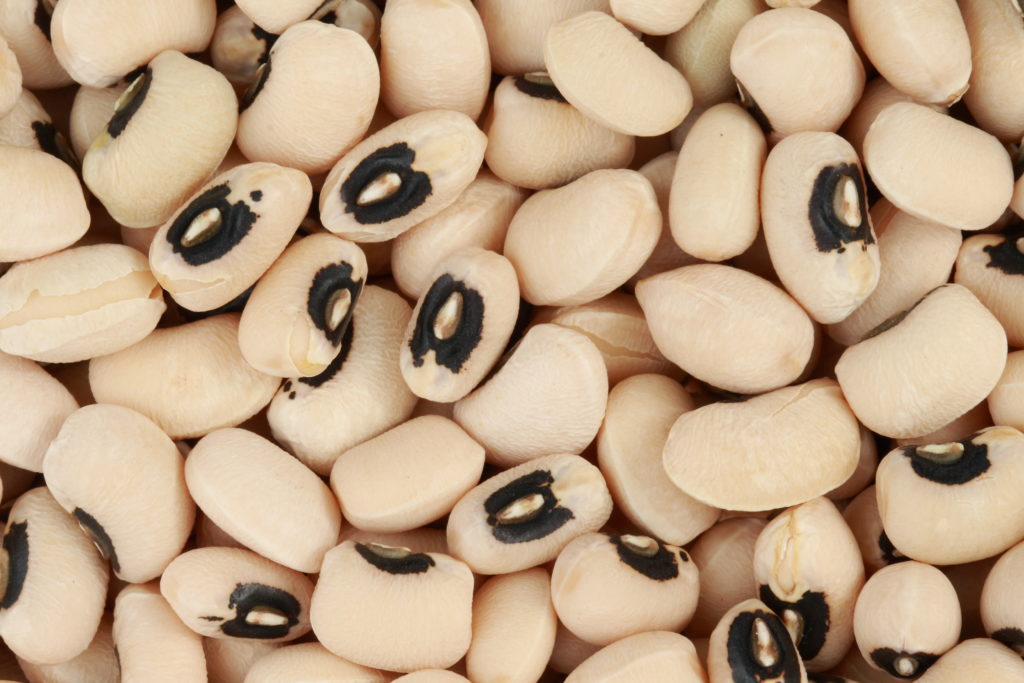Superhero Southern Peas
go.ncsu.edu/readext?692716
en Español / em Português
El inglés es el idioma de control de esta página. En la medida en que haya algún conflicto entre la traducción al inglés y la traducción, el inglés prevalece.
Al hacer clic en el enlace de traducción se activa un servicio de traducción gratuito para convertir la página al español. Al igual que con cualquier traducción por Internet, la conversión no es sensible al contexto y puede que no traduzca el texto en su significado original. NC State Extension no garantiza la exactitud del texto traducido. Por favor, tenga en cuenta que algunas aplicaciones y/o servicios pueden no funcionar como se espera cuando se traducen.
Português
Inglês é o idioma de controle desta página. Na medida que haja algum conflito entre o texto original em Inglês e a tradução, o Inglês prevalece.
Ao clicar no link de tradução, um serviço gratuito de tradução será ativado para converter a página para o Português. Como em qualquer tradução pela internet, a conversão não é sensivel ao contexto e pode não ocorrer a tradução para o significado orginal. O serviço de Extensão da Carolina do Norte (NC State Extension) não garante a exatidão do texto traduzido. Por favor, observe que algumas funções ou serviços podem não funcionar como esperado após a tradução.
English
English is the controlling language of this page. To the extent there is any conflict between the English text and the translation, English controls.
Clicking on the translation link activates a free translation service to convert the page to Spanish. As with any Internet translation, the conversion is not context-sensitive and may not translate the text to its original meaning. NC State Extension does not guarantee the accuracy of the translated text. Please note that some applications and/or services may not function as expected when translated.
Collapse ▲
Black-eyed Peas Toby Hudson CC BY-SA 3.0
Call it what you want- cowpea, field pea, or southern pea, these common names of Vigna unguiculata are all hard-working plants that pull double duty as a cover crop and summer vegetable.
Field peas are larger, vining plants that produce a dark cooking liquid. Crowder peas also produce a dark cooking liquid, but have starchy seeds. Cream peas produce a light cooking liquid on smaller plants. Black-eyed peas are probably the southern peas with which you’re the most familiar.
Southern peas are true beans, or legumes, and are different from the garden or English peas you get at the grocery store. These garden peas only grow in the transitional seasons of fall and spring in our area where southern peas thrive in brutal heat, overbearing sun, and poor soils. The southern pea’s status as a legume means it has a symbiotic relationship with nitrogen-fixing bacteria, which is a boon to the plant in poor soils and a nutrient boost for crops that follow.
Sow southern pea seeds directly after the last frost, usually around April 15 in central North Carolina. Southern peas can excel in the areas of your garden bed where other ornamentals or vegetables fail.
Once the plants begin bearing—anywhere from 6 weeks to 4 months after planting—they will bear until the first killing frost. Southern peas blanch and freeze beautifully and you can also dry them. If you can’t put any away, you can make a few large harvests then till the plants under to improve the soil texture further.
As with many other cover crops, be sure to kill, till, pick or otherwise remove all pea pods to keep them from germinating again the following spring. I’ve worked with a grower who used southern peas as a cover crop 3 years ago and they are still finding volunteers in their fields now!



